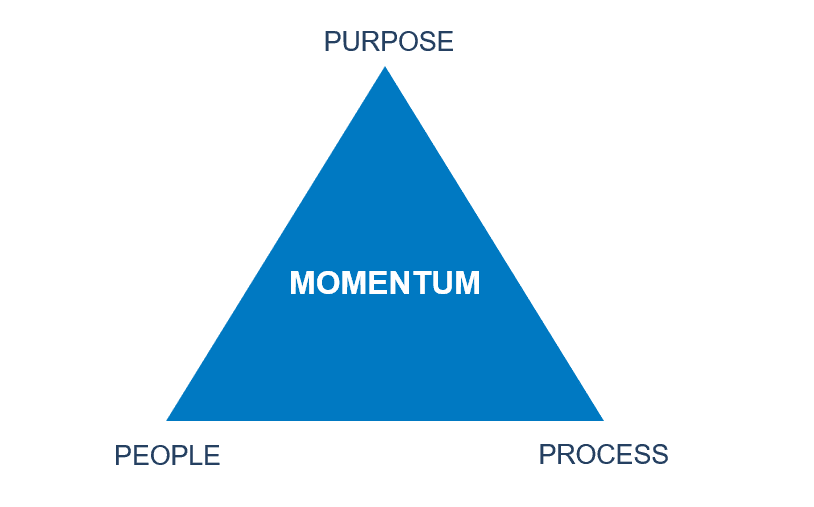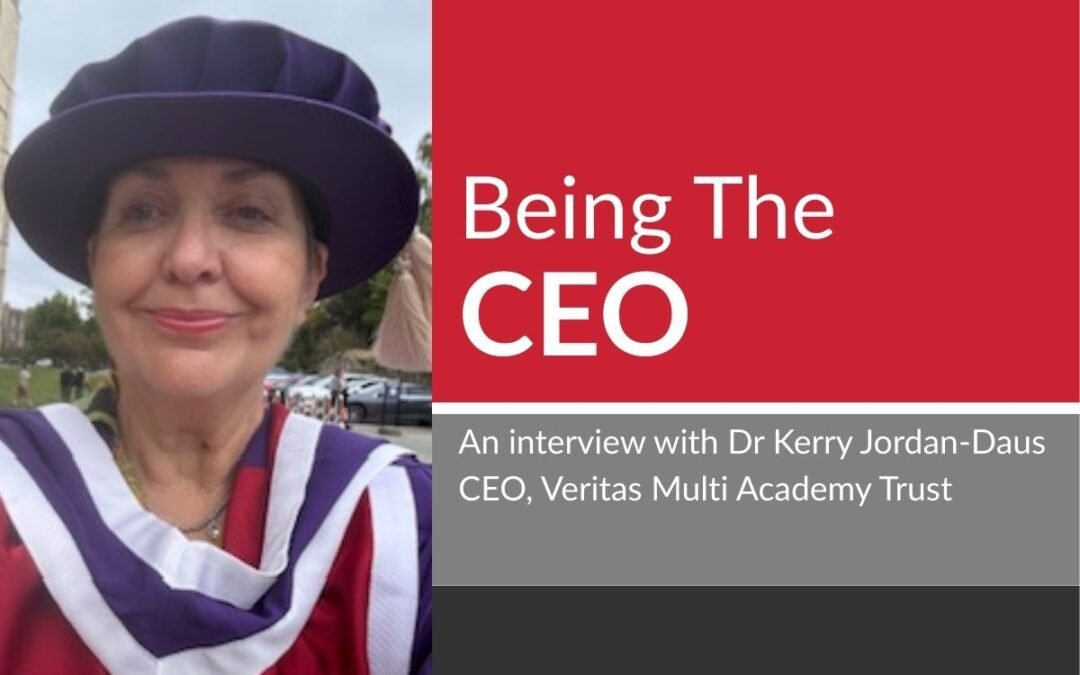Patrick Dunne has extensive experience of working with boards around the world in the education, business, public body, and social sectors, and is the author of the award-winning book ‘Boards: A Practical Perspective’.
What would you say are the characteristics of a high performing board?
For me it comes down to three key things: purpose, people and process. If a board has clarity of purpose (and alignment around that purpose), the right people working together in the right way, and the right structures in place with effective processes, that is what makes for a strong board.

How would you describe the separation of responsibilities between the board and the CEO?
If you look at the role of the board, it’s about making sure you’ve got the right vision and strategy, the right resources, and the right governance. If you look at the role of the executive, it’s to develop and deliver the business plan and to maintain financial and operational integrity. For the CEO, as the leader of the executive, their job is to lead the development and delivery of the business plan and maintain operational integrity. The CEO is the most central character in the intersection between the board and executive, usually because they are a member of both.
How do you think boards are adapting to the Covid-19 situation? What do you think the risks are at this time?
I think striking the right balance between oversight and support has been quite challenging, because boards have needed to assure themselves that everyone is safe, and that the organisation can survive. At the same time many executives have needed more support than ever before. Looking again at the venn diagram, and the intersection, I think that intersection has grown during the phases of the pandemic that we’ve been in so far. The risk of that is that this way of working, which has been necessary during the crisis, will not be sustainable long-term. So for boards who have been lending a hand quite intensively to their organisation through a difficult time, they will need to take a step back again. If they carry on at the current level of intensity for too long, they may lose the objectivity needed to fulfil the role of ensuring that the organisation has the right strategy.
Other challenges have included the logistical challenge that many boards have faced in terms of switching to non-physical board meetings, and also the challenge of the sheer number of decisions that have required the opinion of the board, which has raised the pressure on boards. As we all know, there’s a balance to be had in terms of effectiveness and pressure – if you have too much pressure, it becomes very difficult to be fully effective. It’s a challenge to maintain objectivity when under too much pressure.
How, if at all, can a CEO help the board to improve or develop?
It depends on the character of the CEO, and the way the CEO perceives the role of the board. I think the CEO can help the board most of all by being what I call ‘actively’ open-minded. An open-minded CEO is one who listens to what the board says, and might adjust what they do on the basis of that. An ‘actively’ open-minded CEO is someone who goes out and seeks board opinions, and constantly engages with the non-execs (not just the chair), involving them to an appropriate degree, and making the most of the experience of the board members.
CEOs can also help the non-executives to do a really good job by making sure they’re well informed and keeping them up to date. If the only interaction a CEO has with non-executives is at board meetings, that’s not going to be very productive – there needs to be broader engagement.
What would you say are the characteristics of a good CEO report to the board?
A good CEO report to the board has to have a good balance of facts and interpretation, so it shouldn’t simply be a list of things done; it also needs context and commentary.
It also needs to give a well-rounded view of what’s happening in the organisation, and include a good balance between financial aspects, people strategy, market factors, and other relevant issues.
How should a board properly manage the balance between providing support for their CEO and providing challenge?
Boards should avoid what I call the ‘cuddle’ or ‘kick’ approach – which reflects the idea that if you’re always just saying ‘great job’ – always supporting and never offering challenge – then the CEO may take you for granted. On the other hand, if you’re always challenging or finding fault, the CEO may simply stop communicating with you in an open and honest way. Therefore, it’s important to get the right balance between those two extremes.
If there are differences in view sometimes, that is in fact very healthy, but it is important to know how to manage conflict and ensure that challenge is dealt with properly, and how you should approach that depends on the issue at hand. As a board member you need to decide whether it is an issue where you should compete, collaborate, compromise, avoid or accommodate – and the specific situation, and where the CEO is at with it, makes all the difference. I’d say if it’s a values issue, that would be something you’d want to be fairly competitive about, and therefore, very vocal and firm in expressing your view. However, if it’s an issue such as a difference in opinion on the pace at which an investment should be made, or a degree of change, and you wanted to moderate or accelerate that, that’s an area where you might want to compromise instead. Compromise would mean expressing your view, e.g. ‘I’m concerned about the risk of going too quickly here’, but also making a concession, e.g. ‘if after two quarters it looks like you’re right, that the market is improving quicker than everyone else thinks, then we can accelerate’.
In what practical ways can boards make sure that they stay strategic, focus on the bigger picture, and prepare their trusts for the future?
Most boards only have half a dozen big things to get right each year, and you probably know in advance what half of them will be, and then others will come along unexpectedly, just as Covid did.
When it comes to the things that you know about in advance, it’s important to use some of your board time to decide on the approach you will take in the coming year, such as when you will make those decisions, how you will go about making those decisions, and who you should involve in those decisions as a board. The board meeting agendas will then follow from those discussions, and you won’t be left in the position of, ‘it’s September – we better decide what the strategy is’!
You also need to be disciplined about which items go to the board and which are delegated to management. If you’re using one of the apps that are now available like ‘Board Intelligence’ or ‘Diligent Boards’, you can use that technology to make lower level decisions between meetings, so that the meetings themselves can focus on the most significant decisions. Ideally, you don’t want to be making more than a couple of big decisions per meeting, because it’s very important to be able to discuss those decisions in the depth that they require.
Many boards are also now using an ‘early, middle, late’ approach to making decisions. This means they begin their ‘early’ discussion on a topic with preliminary considerations, for example, ‘what are all of the issues we need to take into account when making this decision?’. Then the second ‘middle’ part of the approach is where the work has been done, and the decision is perhaps narrowed down to a couple of options which can then be discussed in more depth. Finally, the ‘late’ part of the process is where you not only make the final decision, but also where you produce your implementation plan. This is important because when you look back on decisions that did go wrong, it’s often not the case that the decision you made was the wrong one, but that it wasn’t implemented in the right way. I think that the ‘early, middle, late’ approach helps boards to avoid that kind of scenario – to the best extent that you ever can.
Patrick Dunne has extensive experience of working with boards around the world in the education, business, public body, and social sectors, and is the author of the award-winning book ‘Boards: A Practical Perspective’. An easy read, it delivers invaluable advice, with practical, real-life case studies, that enable the reader to better understand the challenges of working at board level. Whether you are a new or experienced board member, or on the senior leadership team working with board members, this is an invaluable guide that will enable, empower and enrich your understanding, interactions and contribution.

